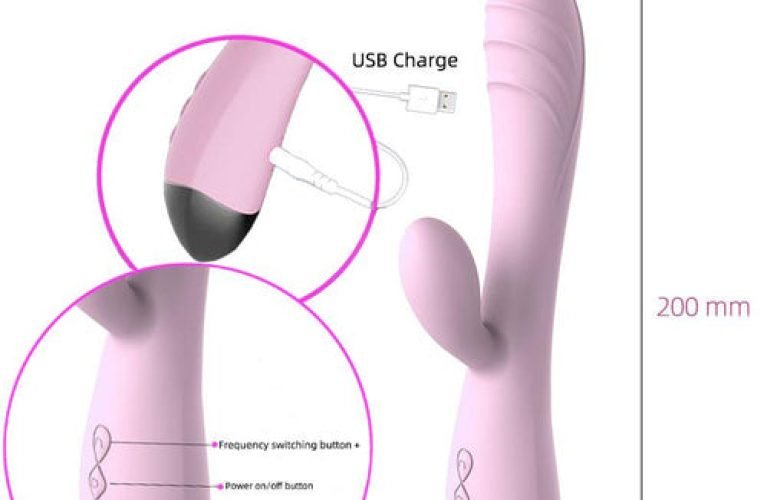
Ensuring Reliability: The Importance of Emergency Power Systems Installed
Introduction:
In an era where dependency on electricity is more prevalent than ever, the need for robust and reliable emergency power systems installed cannot be overstated. Whether it’s a sudden power outage, a natural disaster, or unforeseen technical glitches, the consequences of being without power can be severe. In this blog, we delve into the significance of emergency power systems and the peace of mind they bring to businesses and households alike.
The Evolution of Emergency Power Systems:
Emergency power systems have come a long way since their inception. Initially designed as backup solutions for critical facilities such as hospitals and data centers, these systems have evolved to cater to a broader spectrum of applications. Today, businesses, residences, and even remote facilities understand the necessity of having a reliable source of power during unexpected outages.
Key Components of Emergency Power Systems:
- Generators: At the heart of every emergency power system is a generator. These devices are designed to kick in automatically when the primary power source fails. With advancements in technology, generators now come in various sizes and fuel options, including diesel, natural gas, and propane. This flexibility allows businesses and homeowners to choose a system that aligns with their specific needs and requirements.
- Transfer Switches: A critical component in the seamless transition from the main power supply to the emergency generator is the transfer switch. This device ensures a swift and automatic transfer of electrical load, preventing disruptions during the power switch. Modern transfer switches come with intelligent features, enabling them to sense power failures and initiate the switch without any manual intervention.
- Monitoring and Control Systems: To enhance the efficiency of emergency power systems, monitoring and control systems play a vital role. These systems enable users to remotely monitor the performance of the emergency generator, check fuel levels, and receive real-time alerts in case of any issues. This level of automation ensures that the system is always ready to respond when needed.
Benefits of Emergency Power Systems Installed:
- Business Continuity: For businesses, especially those in sectors where uninterrupted power is critical, emergency power systems are lifelines. They ensure that operations continue without disruption, safeguarding revenue streams and maintaining customer trust. From manufacturing facilities to financial institutions, the ability to weather power outages is essential for sustained success.
- Data Protection: In the digital age, data is invaluable. Emergency power systems play a crucial role in data protection by ensuring that servers and data centers remain operational during power failures. This not only prevents data loss but also safeguards against potential financial and reputational damage that can arise from downtime.
- Healthcare Facilities: The healthcare sector relies heavily on continuous power for life-saving equipment, lighting, and climate control. Emergency power systems installed in hospitals and clinics ensure that patient care is not compromised during power outages. This is particularly vital in critical situations where uninterrupted power can make the difference between life and death.
Conclusion:
Emergency power systems installed are not just a luxury; they are a necessity in today’s interconnected and electricity-dependent world. Whether safeguarding businesses, preserving data integrity, or ensuring uninterrupted healthcare services, these systems play a pivotal role. As we continue to face uncertainties in terms of climate change and technological challenges, investing in reliable emergency power systems is a proactive step toward a resilient and secure future. The peace of mind that comes with knowing you are prepared for any power-related contingency is priceless, making emergency power systems a wise and indispensable investment.
Category
Have any Query? Feel free to drop a mail to us.











